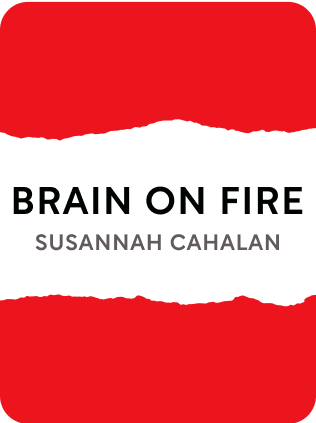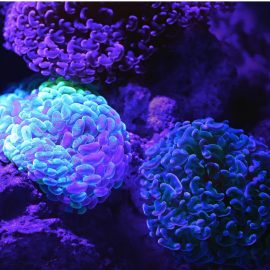

This article is an excerpt from the Shortform summary of "Brain On Fire" by Susannah Cahalan. Shortform has the world's best summaries of books you should be reading.
Like this article? Sign up for a free trial here .
What is Brain on Fire about? How did Susannah Cahalan live through her rare disease diagnosis?
Brain on Fire is a medical mystery about what suddenly changes a woman into someone unrecognizable. What is Brain on Fire about? Resilience while fighting for a diagnosis and fighting a rare disease.
Read more about the story of Susannah Cahalan and what Brain on Fire is about.
What Is Brain on Fire About?
So what is Brain on Fire about? At 24 years old, Susannah Cahalan is an ambitious, dedicated reporter for the New York Post. She’s admired by her colleagues and respected by her editors. Like most 24-year-olds, she thinks nothing can go wrong with her vibrant, happy life. Then, she becomes inexplicably sick and suffers from inexplicable behavior.
Ineffectual Diagnoses
Bailey conducts a routine neurological exam and declares everything is normal. He prescribes an MRI, which comes back normal. Bailey suggests Susannah has a virus, possibly mono. She’s relieved to have a diagnosis.
Susannah returns to work. When she pitches two more stories and they’re both rejected, she blames her poor performance on mono and takes another day off. Her doctor calls to tell her she doesn’t have mono after all. Not long after, Susannah has her first seizure.
In the hospital, Susannah has more scary episodes and incorrect diagnoses. Finally, the doctors conclude that she has anti-NMDA-receptor encephalitis. Part of the question “what is Brain on Fire about?” works to answer this question.
A Diagnosis at Last
Susannah has been through a lot already and has a long road ahead, but finally has a diagnosis of anti-NMDA-receptor encephalitis. Everything we do, from lifting a glass to reading a book, results from a chemical signal triggering specific brain cells to fire or not. If a cell can’t receive a signal, it can’t initiate or inhibit behavior.
Cells receive signals through receptors. NMDA receptors excite cells that participate in learning, memory, higher functions, and personality. In 2007, Dr. Dalmau identified a new disease that would come to be called anti-NMDA-receptor encephalitis. This condition is caused when antibodies disable NMDA receptors. Experiments indicate that a 40 percent loss of NMDA receptors results in psychosis. A 70 percent loss results in catatonia. An absence of any working NMDA receptors results in death.
Susannah makes significant progress over the next few months, but her pills make her sleepy and slow, and sometimes she refuses to take them. In her own mind, she’s uncertain about herself, but she always describes herself as nearly 100 percent back.
Experts are called in to assess her progress. Susannah dreads the assessment, as the experts may contradict her assertion that she’s fine. In fact, her fears turn out to be correct; the assessments reveal a divide between Susannah’s internal world and the world around her.
She presents as severely impaired on tests of concentration, basic cognitive functioning, and working memory, yet her performance on verbal functioning, abstract reasoning, and analytical thinking reveal a different story. On those tests, Susannah places in the high to superior percentile. Dr. Bertisch, the psychologist who administers the test, concludes that Susannah’s interior world does not match up with the way she presents externally.
Susannah herself is aware of this divide. Social situations are especially difficult because she’s aware of how strange she appears to the people around her. Susannah often feels that her true self is trying to connect with the world outside but can’t break past her body.
Susannah’s old self finally reawakens when she’s in the hospital for another round of treatments. She begins reading again. She begins keeping a diary to understand what’s happened to her and helps her answer the question “What is Brain on Fire about?”
Susannah’s father encourages her to draw upon her memory to create a timeline of events. As she tries to remember, she can recall only numbness, sleepiness, and three seizures. She remembers nothing from her time in the hospital.
So what is Brain on Fire about? Susannah Cahalan’s book is about the journey to understand what was making her sick and reconstructing what happened to her after.

———End of Preview———
Like what you just read? Read the rest of the world's best summary of Susannah Cahalan's "Brain On Fire" at Shortform .
Here's what you'll find in our full Brain On Fire summary :
- How a high-functioning reporter became virtually disabled within a matter of weeks
- How the author Cahalan recovered through a lengthy process and pieced together what happened to her
- How Cahalan's sickness reveals the many failures of the US healthcare system






